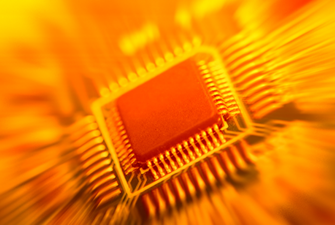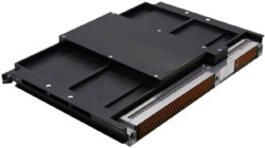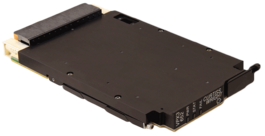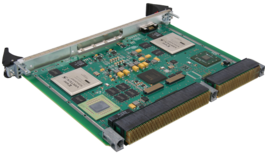
For cards with power densities above 200W, a different cooling approach is necessary, as air isn’t the most efficient medium for transferring heat. That’s where liquid-flow-through (LFT) cooling comes in.
While similar to AFT in some respects, LFT uses a liquid-cooled system rather than an air-cooled heat exchanger. Instead of a conduction frame, a liquid cooling frame that employs inlet and outlet quick disconnect (QD) liquid connectors is used. A liquid pump is used at the chassis/system level. Even though this may add some weight, it can take less power as the pumps require less power to operate than fans.
The cooling capacities are quite remarkable. For example, a common fluid used in LFT systems is Polyalphaolefin (PAO) oil, which conducts and removes heat much more effectively than air, theoretically enabling LFT systems to cool cards up to 1,000W. As processing devices continue to increase in power dissipation and density LFT may be required to maximize the utilization of these devices.
Thermal Management in Rugged Computer Systems
This white paper looks at the different cooling techniques available and aims to provide clarity on how to choose the best solution.



